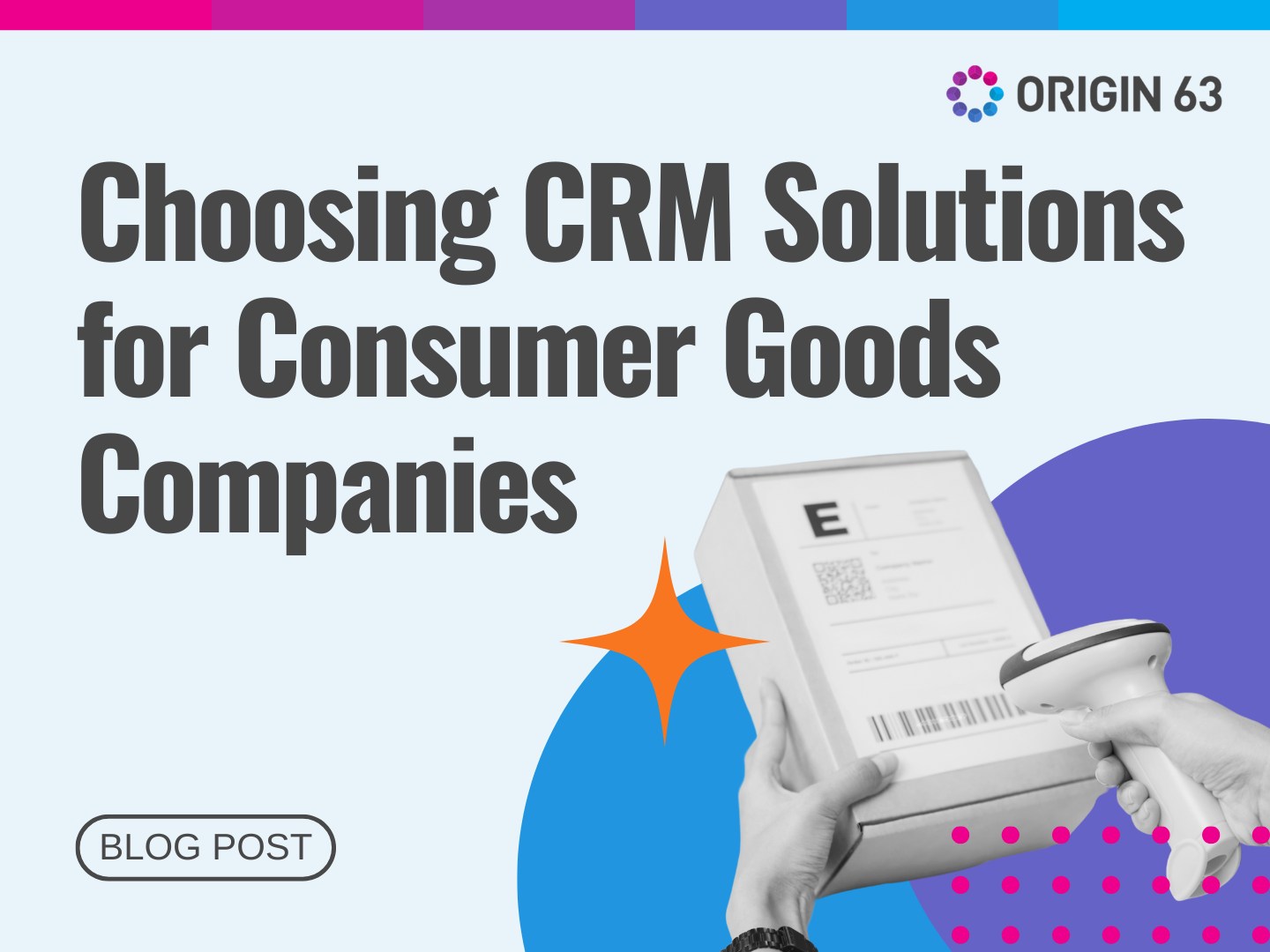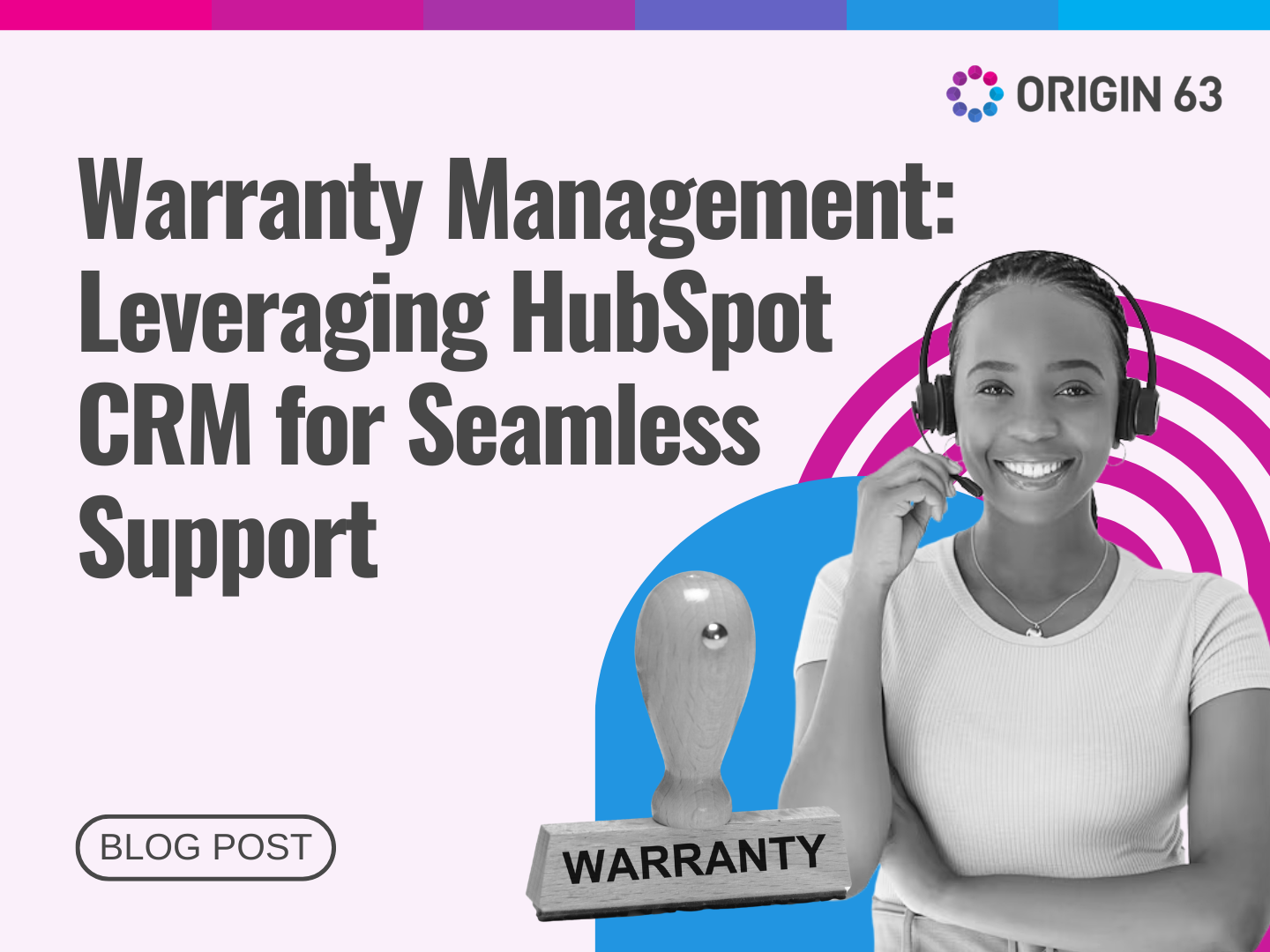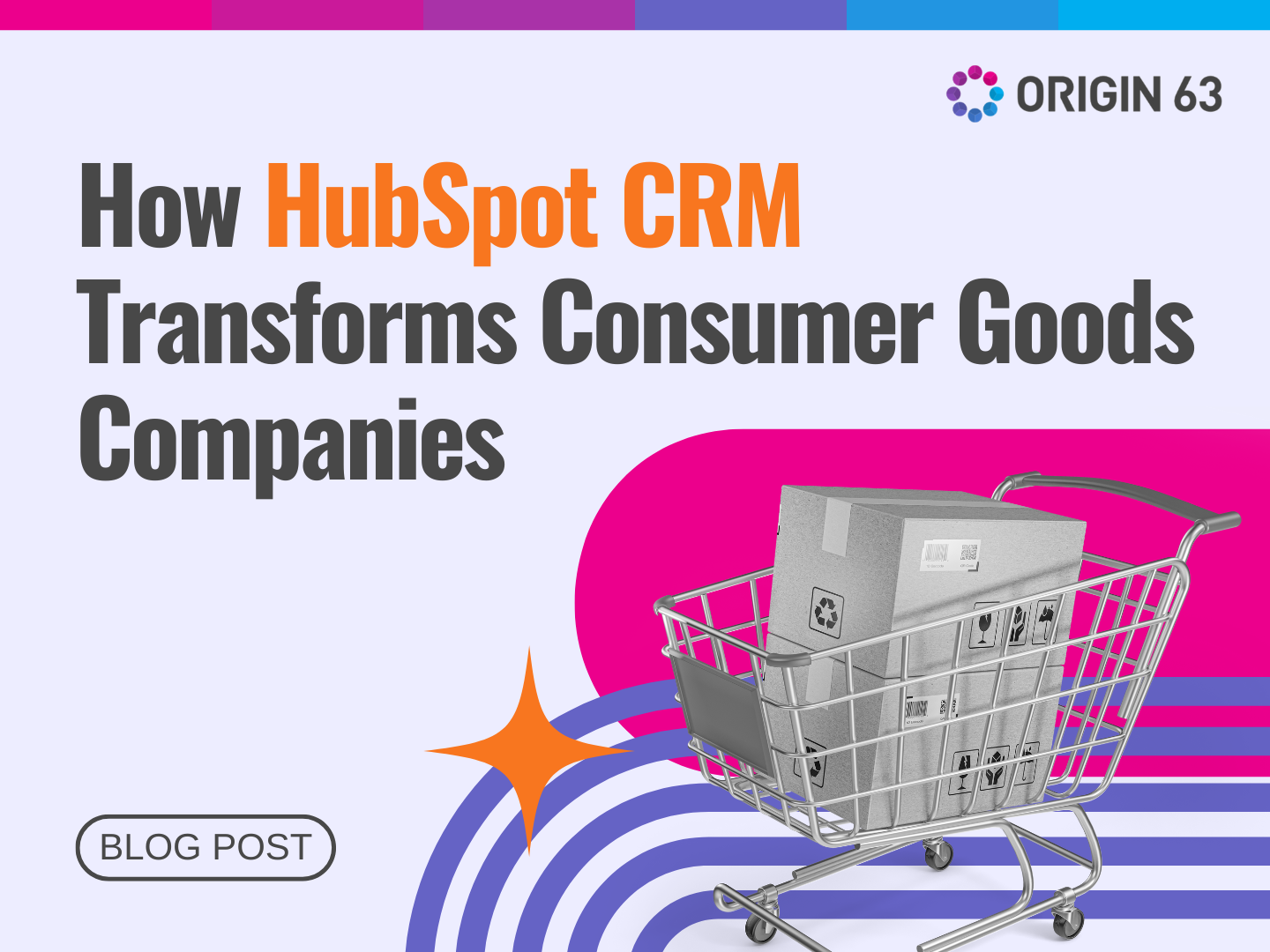Losing customers means losing steady revenue. To avoid churn, you should know how satisfied your customers are at any given moment. Health scores help you track subtle signals, so you can address issues and keep customers satisfied.
What sets HubSpot apart is its flexibility and integration options. You can easily pull in data from multiple sources, like product usage, support tickets, and customer feedback, and customize your health scores to fit your specific needs.
This blog will discuss setting up health scores in HubSpot and how integrating with tools like Arrows and Custify can improve your service even more.
Why Do You Need HubSpot Health Scores?

Health scores are like report cards for your customer relationships. In HubSpot’s Customer Success Workspace, these scores give you a quick overview of how each customer is doing.
Are they actively using your product? Are they satisfied with your support? Health scores consolidate all this data into a single, easy-to-read number that helps you understand customer health at a glance.
You should start measuring health scores because they help you:
- Spot problems early. After more than one bad experience, 73% of consumers prefer switching to a competitor. Health scores signal which customers are at risk so you can make proactive, timely interventions.
- Focus your efforts. You don’t need to guess where to spend your time. Health scores highlight which customers need attention, letting you prioritize your efforts.
- Track progress. As you improve customer satisfaction, health scores give you a measurable way to see how you're doing and whether your strategies are working.
One of HubSpot’s greatest strengths is its flexibility. You can fully customize health scores to reflect the metrics that matter most to your business: product usage, customer feedback, or support interactions.
You can tailor health scores for different customer segments and adjust as your business grows or customer needs change.
HubSpot also integrates seamlessly with third-party tools like Custify and Arrows. Custify automates customer success actions based on health score changes, while Arrows helps track detailed onboarding and engagement steps.
Step-by-Step Process for Building a Health Score in HubSpot

One of the great things about setting up health scores in HubSpot is how it brings all your customer data together in one place. You can create accurate health scores based on real interactions and behaviors.
Plus, once it's set up, a lot of the work happens automatically, freeing you up to focus on helping your customers. Let's break it down step by step:
Step 1: Define Your Customer Health Metrics
Before setting up health scores, you should determine what "health" means for your customers. Every business is different, so your health score should reflect what matters most to you.
Choosing the right metrics ensures your health score reflects your customer's success and satisfaction with your product.
First, list all the ways customers interact with your product. Think about what behaviors successful customers typically show. Then, consider what actions might indicate a customer is struggling.
Let's say you run a project management SaaS. Your health metrics might include:
- Frequency of logins
- Number of projects created
- Use of specific features (like time tracking or file sharing)
- Support ticket frequency
These are just a few examples, and you can track more or fewer metrics depending on what suits your business. But why track these particular ones?
For example, the login frequency shows how actively customers use your product. If customers log in regularly, it’s a good sign they find ongoing value. A sudden login drop might signal disengagement or frustration, prompting you to check in with them.
Step 2: Create Custom Properties in HubSpot

Now that we know what we want to track let's set it up in HubSpot. Custom properties let you store and update the specific data points that make up your health score.
Custom properties let you store and update specific data points, ensuring your health scores reflect meaningful customer behavior.
Start by defining the categories you want to measure. Here are common categories that businesses might use:
- Product Usage Score: A weighted score based on how customers interact with key features of your product. For example, you might track the frequency of feature adoption or critical actions like creating projects or using time-tracking tools.
- Account Consumption: This property measures how much of the product or service a customer is using. You can track the number of seats occupied, the number of active users, or how often certain features are utilized. Higher consumption generally indicates a more engaged customer.
- Support Score: Start with a baseline score (10) and adjust it based on customer support interactions. Frequent support tickets or escalations would reduce the score, while lower support requests suggest fewer issues with your product.
- Sentiment Score: This score reflects overall customer satisfaction, calculated using inputs like survey results (e.g., CSAT, NPS), customer success manager (CSM) feedback, or conversations from key account check-ins.
- Advocacy Score: This tracks how much a customer contributes to promoting your brand through public reviews or testimonials. For instance, you could add points for submitting G2 reviews or participating in case studies.
Once you have these categories defined, create individual custom properties for each. For example, create one for "Product Usage Score," another for "Support Score," and so on.
After setting up these properties, assign a weighted value to each category. This helps you calculate an overall health score that combines all the key metrics.
For example, you may decide that product usage counts for 40%, support interactions for 20%, and sentiment for 30%. The weighted categories will be combined into a final, calculated property representing the customer’s overall health score.
This structure ensures that the health score reflects multiple dimensions of customer engagement, giving you a more accurate and actionable view of account health.
Step 3: Build Lists to Segment Customers by Health Score

Lists help you organize your customers based on their health scores. This makes it easy to see who needs attention at a glance. Segmentation lets you identify at-risk customers and tailor your outreach efforts.
Companies that use customer segmentation are 60% more likely to understand their customers' needs and expectations.
How to do it:
- Go to Contacts > Lists.
- Click "Create list" and choose "Active list".
- Name your list (e.g., "High-Risk Customers").
- Add a filter based on your Customer Health Score property.
- Set the conditions (e.g., Customer Health Score is less than 50).
- Save your list.
You can create multiple lists for different ranges, like "High Risk" for customers scoring 0-30, "Moderate Risk" for 31-70, and "Healthy" for scores above 70. This segmentation helps you focus your efforts and outreach.
Step 4: Automate Health Score Calculation with Workflows

Here's where the magic happens. We'll set up HubSpot to automatically update health scores based on customer behavior.
Automation ensures your health scores are always up-to-date without manual work, allowing you to spot and address issues quickly.
How to do it:
- Start by triggering the workflow whenever the “Health Score” property is updated. Enable re-enrollment so that any future health score updates will trigger the workflow again.
- Use IF/THEN logic to branch the workflow based on customer health score ranges:
- Scores of 90 or above indicate a healthy account.
- Scores between 50 and 89 suggest moderate health.
- Scores below 50 highlight a customer at risk of churn.
- To keep track of changes over time, add another IF/THEN action that checks if the health score category has shifted. If there’s no change, nothing needs to be done. But if the score moves to a different category, trigger a notification to alert your team via Slack or HubSpot.
- Store the previous health score by copying the updated score into a “Previous Health Score” property. This makes tracking trends and determining whether a customer’s health improves or declines over time easier.
These rules help keep the health score dynamic and reflect real-time customer behavior. However, these are just examples. You'll want to adjust the points and triggers based on what makes sense for your business.
Integrating HubSpot with Third-Party Tools
Remember when we mentioned that one of the cool things about HubSpot is how well it integrates with other tools? Well, let's explore that a bit more.
These integrations bring extra data and features that make your health scores even more accurate and useful. Let's consider how integrating with Custify and Arrows can improve your customer success game.
Integrating HubSpot with Custify
Custify adds powerful product usage insights to HubSpot, making your health scores more detailed and actionable. Integrating the two lets you track metrics that HubSpot doesn’t capture natively, such as feature adoption rates or how long users spend on your product.
This additional data gives you a fuller understanding of customer engagement. With more precise data, you can build workflows to adjust health scores based on customer behavior.
For example, if you notice that successful customers frequently use a feature, you can raise the health score of users who engage with it regularly, offering a clear indication of customer success.
Custify can also analyze usage patterns to identify early signs of churn. When this happens, it automatically updates HubSpot’s health scores and triggers workflows for your team to intervene. If a customer’s usage drops, you’ll know immediately and can act before it’s too late.
Integrating HubSpot with Arrows
Arrows helps streamline customer onboarding. When integrated with HubSpot, it brings onboarding data directly into your CRM. You’ll get a clear view of how far along each customer is, helping you gauge their likelihood of success.
Incorporating onboarding progress into health scores provides valuable insights. Customers who complete their onboarding tend to be more successful in the long term, so this data helps refine your health scores and flag accounts that might need extra attention.
You can also personalize follow-ups based on a customer's progress. If a customer is falling behind or hasn’t completed an important step, you can set up automated workflows in HubSpot that adjust their health score and notify your team.
For example, if a customer hasn’t completed an onboarding task within a set time, Arrows will sync that information with HubSpot. It can automatically lower their health score and assign a task to your team to check in and offer help.
Benefits of Using HubSpot for Health Scores

You might wonder if investing in a tool like HubSpot to measure health scores is worth it. Let's break down the practical benefits of using HubSpot for health scores so that you can make an informed decision.
1. Scalability
HubSpot lets you easily scale your customer success efforts. Its automated workflows update health scores based on customer actions without manual input.
HubSpot ensures consistent scoring and easy segmentation as your customer base grows, so managing hundreds or thousands of customers is simple. Plus, integrations with tools like Custify and Arrows provide a centralized, integrated view of each customer.
2. Real-Time Reporting
HubSpot’s reporting tools offer real-time updates on customer health, giving you an always-current view of customer engagement. You can set up dashboards that update instantly and track trends over time, helping you spot potential problems early.
Alerts notify your team when scores dip, allowing quick interventions and data-driven decision-making. A study found that insights-driven businesses are growing at an average of more than 30% annually.
3. Customization and Flexibility
HubSpot gives you full control over customizing your health score system. You can create custom properties that track specific metrics relevant to your business and build flexible workflows that adjust scores based on multiple factors.
As your business changes, you can easily tweak your health score setup to align with your evolving needs.
4. Integration Capabilities
HubSpot integrates seamlessly with other tools to enhance your health score system. For example, Custify provides more detailed product usage data, enriching your health scores for better accuracy.
HubSpot also ensures cross-team alignment, allowing sales, marketing, and customer success teams to share the same data. Automated actions can trigger workflows based on score changes in other tools, making your operations more responsive and efficient.
Optimize Your Customer Success with HubSpot Health Scores
Setting up and using health scores in HubSpot is a powerful way to enhance your customer success efforts.
Leveraging HubSpot's automation capabilities, robust data management, and integration options, you can create a system that tracks customer health and actively helps you improve it.
Start by implementing the basic health score system outlined in this guide. Then, as you gather more data and insights, don't be afraid to adjust your metrics, workflows, and integrations to reflect better what truly indicates success for your customers.
This approach will help you identify at-risk customers early, celebrate and replicate your successes, and ultimately drive better customer and business outcomes.
Ready to Supercharge Your Customer Success?
Implementing HubSpot health scores effectively can be a game-changer, but getting it right on your own is not always easy. Experts like Origin 63 have deep knowledge of HubSpot and customer success best practices.
We can help you design a health score system tailored to your business needs, set up complex workflows and integrations to automate your processes, train your team to use and interpret health score data and refine your approach based on real-world results.
Partner with Origin 63 to experience the full potential of HubSpot health scores and drive meaningful growth for your business.













.png?width=90&height=90&name=Arrows%20Partner%20Badge-test%20(1).png)
